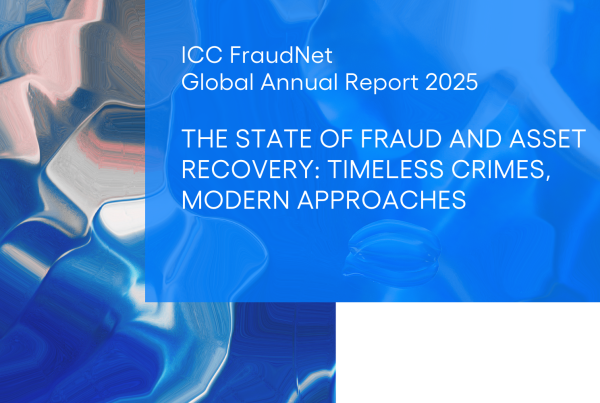
THE Covid-19 global pandemic necessitated the employment of digital and technological means to keep trade and transactions flowing, but it has also inevitably led to a rise in fraudulent activity.
With the emergence of generative artificial intelligence (AI), powerful technological tools are now accessible to everyone with internet access, including fraudsters, who are using AI to carry out all kinds of fraud across all industries, be it banking, insurance, supply chain, and retail.
Deepfakes
In January this year, news reports emerged that a multinational company in Hong Kong had lost US$25.6 million after employees were tricked by a deepfake video business meeting in which the company’s chief financial officer instructed employees to transfer the money to five different bank accounts.
In a recent report, Deloitte’s Center for Financial Services, warned that generative AI is expected to magnify the risk of deepfakes and other fraud in banking. It predicted that generative AI could enable fraud losses to reach US$40 billion in the United States by 2027, from US$12.3 billion in 2023, a compound annual growth rate of 32 percent.
“Fake content has never been easier to create – or harder to catch. Generative AI offers seemingly endless potential to magnify both the nature and the scope of fraud against financial institutions and their customers; it’s limited only by a criminal’s imagination,” the report said.
Significant threat
There is no denying that AI, when used to commit fraud, poses a real and significant threat. Criminals armed with generative AI tools can easily create realistic videos, fake identities, and convincing deepfakes of just about anyone.
It has now become more difficult to spot potential frauds and tell the difference between what is real and what isn’t, as fraudsters use generative AI to create convincing phishing and spear phishing emails.
And the deception is not limited to just specific types of fraud, as criminals keep refining and using technology to commit them.
All sectors of society need to play their part in helping to keep AI-assisted fraud at bay, from governments and regulatory bodies to businesses and individuals. Organisations also need to invest in ensuring that their employees are trained to spot, stop, and report AI-assisted fraud, the Deloitte’s report says.
Many banks, financial institutions and other companies have started using technology and AI platforms and solutions to help them spot fraud and improve the internal compliance processes.
Holistic approach
While welcoming the use of technology, ICC Commercial Crime Services (CCS) cautions that placing too much reliance on such anti-fraud solution systems is not the magic pill. When it comes to fraud, it is worth remembering that systems don’t facilitate, or prevent, fraud, but the human behind that technology who does.
Addressing fraud therefore needs a holistic approach, ranging from basic due diligence, using databases, to complex algorithms to identify suspicious transactions and question the source of the funds, to transparent information exchanges between regulators globally.
It is worth remembering that for over 40 years, CCS has a proven track record of helping to protect the integrity of international trade by seeking out fraud and malpractice. CCS has used industry knowledge, experience and access to a large number of well-placed contacts around the world to do this: identifying and investigating frauds, spotting new criminal methods and trends, and highlighting other threats to trade.
CCS Internet Intelligence Course
CCS also holds regular training and courses to help members keep fully up-to- date with new developments, and is holding its 23rd Internet Intelligence Course in Queens’ College, Cambridge University, from 8 to 11 September 2024.
This comprehensive training course is aimed at enhancing knowledge and ability so as to conduct more effective online investigations and find relevant information in less time, at less cost, with less risk.
Attendees will become significantly more efficient at online research; getting the most from “Surface”, “Deep” and “Dark” web sites as well as from Social Networking, understand how to leverage images, video and other multimedia to advance their intelligence goals.
They will also learn how to effectively use a variety of freely available tools to archive, compile and properly analyse Internet sourced information, and develop the skills and awareness to use the Web safely when conducting sensitive research including the tools used to examine traffic to a website, and methods to protect privacy online and maintain operational integrity.
This course will also introduce a number of case studies and share the techniques being used by online criminals to conceal their identity, location and illegal behaviour.








